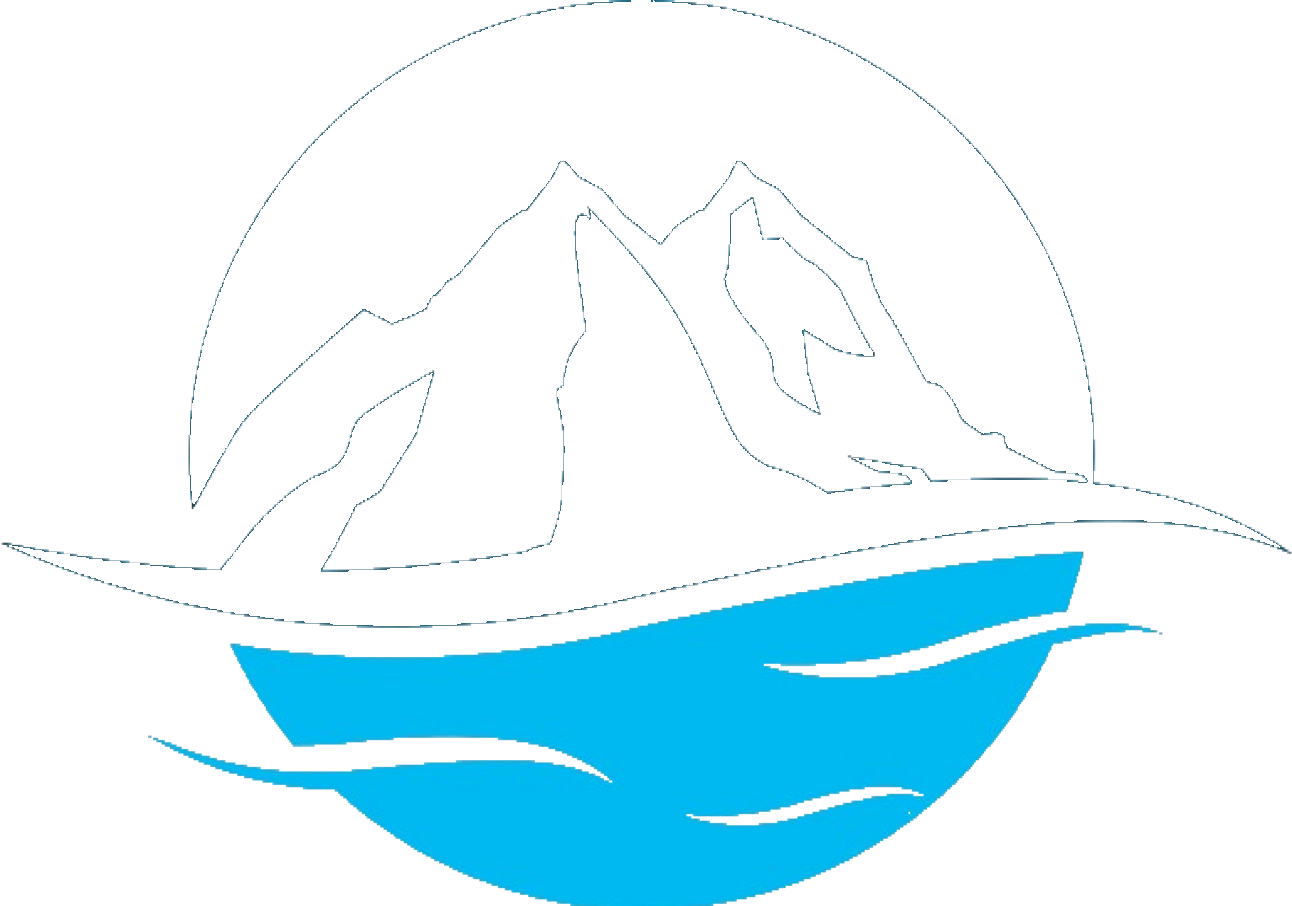 SNOFLO
SNOFLO- Login
- Climate ►
- Recreation ►
- Tools ►
 SNOFLO
SNOFLO
In the latest observations of the nation's dams and reservoirs, there's a mix of surpluses and deficits in water storage levels, reflecting the diverse hydrological conditions across the country. Some areas are experiencing higher than average storage, such as the San Luis Reservoir in California, which currently holds 968,306 acre-feet of water, exceeding its average by a notable margin. Similarly, Utah's Flaming Gorge Reservoir has seen its storage swell to 3,128,951 acre-feet, surpassing the historical average and indicating healthy water availability in that region. On the other hand, Lake Powell in Arizona reveals a stark contrast with storage at 7,694,245 acre-feet, significantly lower than the average, signaling potential water scarcity issues.
Delving deeper, water levels in key reservoirs such as Lake Mead in Nevada and Lake Oroville in California are below their historical averages, indicating ongoing concerns about water supply reliability in the West amidst prolonged drought conditions. Conversely, reservoirs like Lake Shasta in California have shown an uptick in storage levels, providing a semblance of short-term relief. However, it's imperative to consider multi-year trends and manage resources sustainably, as anomalies in snowpack and river flows can quickly alter the outlook. Hydrologists and water managers are keeping a close watch on these developments to ensure balanced water resource management amidst changing climatic patterns. The current storage levels underscore the necessity for adaptive water management strategies that can respond to the variability brought on by climate change and its profound impact on water resources.
| Name | Year Built | Normal Storage | Dam Height | Max Discharge | Hazard Potential | Drainage Area |
|---|
